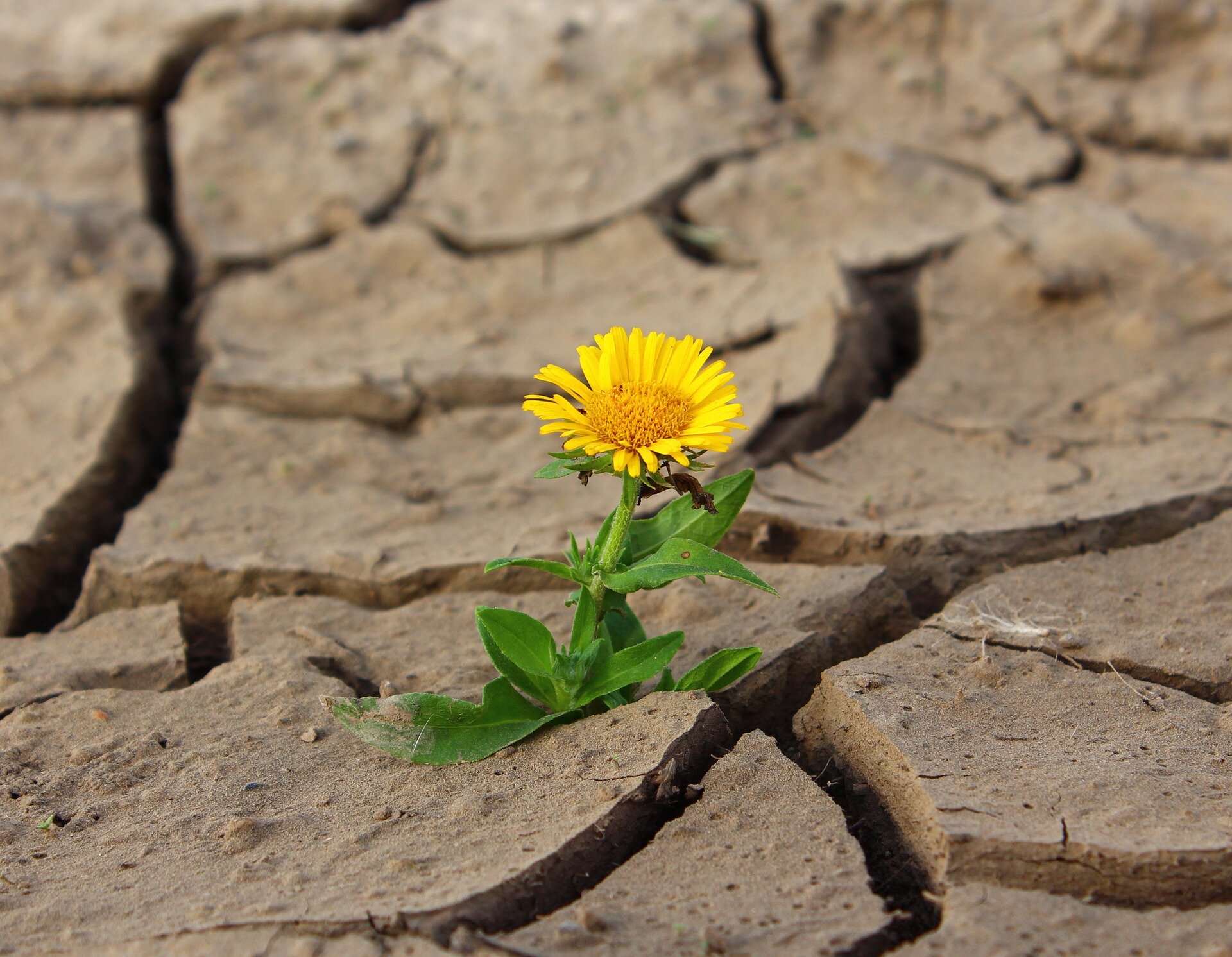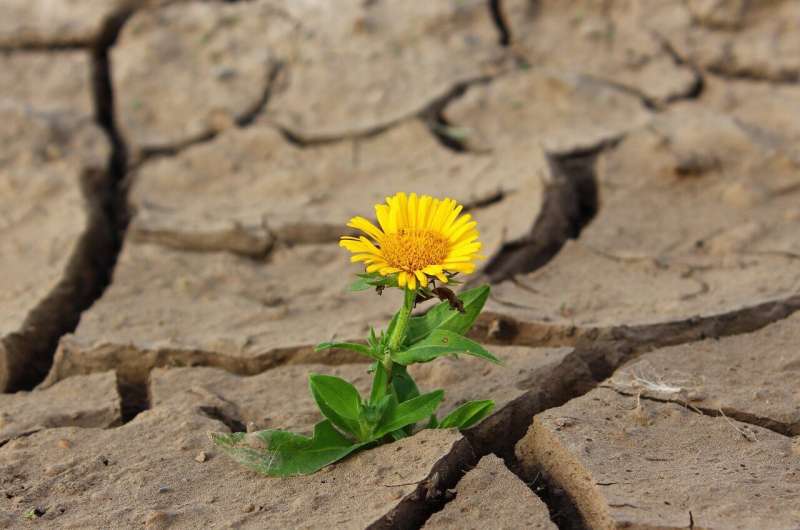

Exposure to extreme heat increases both chronic and acute malnutrition among infants and young children in low-income countries—threatening to reverse decades of progress, Cornell University research finds.
Linking survey and geocoded weather data over more than 20 years, a study of more than 32,000 West African children ages 3-36 months found that average heat exposure had increased the prevalence of stunted growth from chronic malnutrition by 12%, and of low weight from acute malnutrition by 29%.
The researchers estimate that if the average global temperature rises 2 degrees Celsius—which scientists warn is likely without significant reductions in carbon emissions—the average effect of heat exposure on stunting would nearly double, erasing gains recorded during the study period (1993 to 2014).
The findings are worrying, the researchers said, because temperatures in West Africa are rising and expected to continue to do so for several decades. And the effects of acute and chronic malnutrition in early childhood, which are linked to higher mortality rates and to lower education and incomes in adulthood, are irreversible.
“We’re talking about children at a very young age that will have changes for the rest of their lives, so this is permanently scarring their potential,” said Ariel Ortiz-Bobea, an associate professor and applied agricultural economist at Cornell. “What we are doing to reduce global poverty is being eroded by our lack of action on climate.”
Ortiz-Bobea is a co-author of “Heat exposure and child nutrition: Evidence from West Africa,” published in the Journal of Environmental Economics and Management, with John Hoddinott, a professor of food and nutrition economics and policy at Cornell.
The paper’s lead author is Sylvia Blom, a Cornell Ph.D. graduate, now a postdoctoral research associate at the University of Notre Dame.
Strategies to reduce child malnutrition, the researchers conclude, will need to consider increased needs for programs during periods of prolonged heat exposure.
Meanwhile, improved incomes, infrastructure and child care practices during the study period helped reduce stunting across the five West African countries by 5.8 percentage points on average.
“While this progress has been welcomed in West Africa and in other low- and middle-income countries, it’s occurring against the backdrop of rising temperatures and an increased likelihood of extreme weather events,” Hoddinott said. “Our work suggests these rising temperatures risk wiping out that progress.”
Unchecked emissions could double heat-related child mortality
Sylvia Blom et al, Heat exposure and child nutrition: Evidence from West Africa, Journal of Environmental Economics and Management (2022). DOI: 10.1016/j.jeem.2022.102698
Cornell University
Citation:
Extreme heat exposure worsens child malnutrition (2022, July 25)
retrieved 25 July 2022
from https://phys.org/news/2022-07-extreme-exposure-worsens-child-malnutrition.html
This document is subject to copyright. Apart from any fair dealing for the purpose of private study or research, no
part may be reproduced without the written permission. The content is provided for information purposes only.

